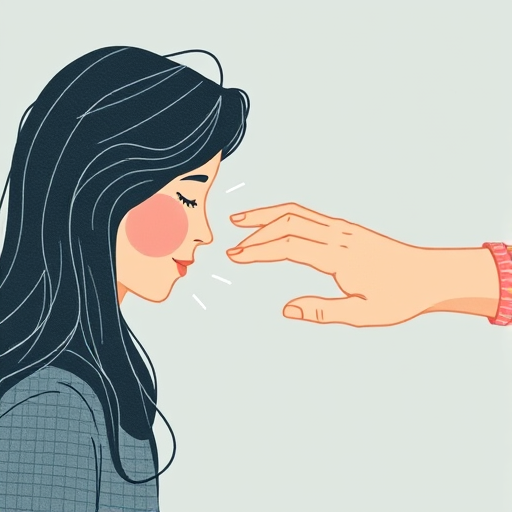The Power of Touch: Exploring the Science of Physical Affection
Introduction
We all know that a simple touch can convey a range of emotions, from love and comfort to sympathy and support. But have you ever wondered why physical touch is so powerful? The science behind it is fascinating and reveals a lot about the importance of human connection. In this blog post, we’ll explore the psychology and biology of touch, uncovering why a gentle caress or a warm embrace can mean so much. We’ll also delve into the different types of touches and their effects, offering insights that will make you want to reach out and connect with those around you.
The Science Behind Touch
Our sense of touch is powerful and pervasive, with an incredible impact on our lives. The skin is our body’s largest organ, packed with nerve endings that send signals to the brain. These signals provide vital information about our environment, such as temperature, pressure, and pain. But they also play a crucial role in social interaction and emotional bonding.
Research has shown that touch stimulates the release of oxytocin, often referred to as the “love hormone.” Oxytocin is associated with social bonding, trust, and attachment. When we embrace a loved one or hold hands, the oxytocin released during this physical contact promotes feelings of closeness and connection.
Not only does touch affect our emotional state, but it can also have physical benefits. Studies suggest that touch can reduce stress and lower blood pressure, as well as boost our immune system and even alleviate pain. The power of touch is so profound that it can even help premature babies thrive and improve the well-being of hospital patients.

The Different Types of Touch
The impact of touch can vary depending on the type of contact. A gentle, affectionate touch can communicate comfort and support, while a firmer grip may convey protection and security.
Comfort and Support
A light touch on the arm or a gentle hug can offer solace and sympathy. This type of touch is often used to provide comfort and support during difficult times. It communicates empathy and lets the recipient know they are not alone.
Protection and Security
A firmer touch, such as a tight embrace or a hand on the shoulder, can make us feel safe and protected. This type of touch is often associated with providing strength and security, especially during challenging or uncertain times.
Love and Intimacy
Soft, slow caresses and lingering touches are associated with love and intimacy. This type of touch stimulates the release of oxytocin and promotes feelings of attachment and bonding. It fosters a sense of closeness and deepens the emotional connection between partners.
Incorporating More Touch into Your Life
Understanding the power of touch can inspire us to incorporate more physical affection into our daily lives. Here are a few ideas to consider:
– Make it a point to greet loved ones with a warm embrace or a gentle touch on the arm.
– Offer a supportive hand on the back or a comforting squeeze during challenging times.
– Engage in activities that involve physical touch, such as dancing, massage, or even simply holding hands.
– Be mindful of personal boundaries and always ask for consent before touching someone.
Conclusion
The power of touch is a beautiful reminder of the importance of human connection. By understanding the science behind it, we can appreciate the profound impact of a simple gesture. So, reach out, embrace, and connect—it could mean more than you think.
Are you eager to explore more ways to incorporate touch into your relationships? Let us know in the comments how you plan to harness the power of touch!
**Meta Description:**
The Power of Touch: Uncover the science behind physical affection and discover how a simple touch can impact our lives. Learn




